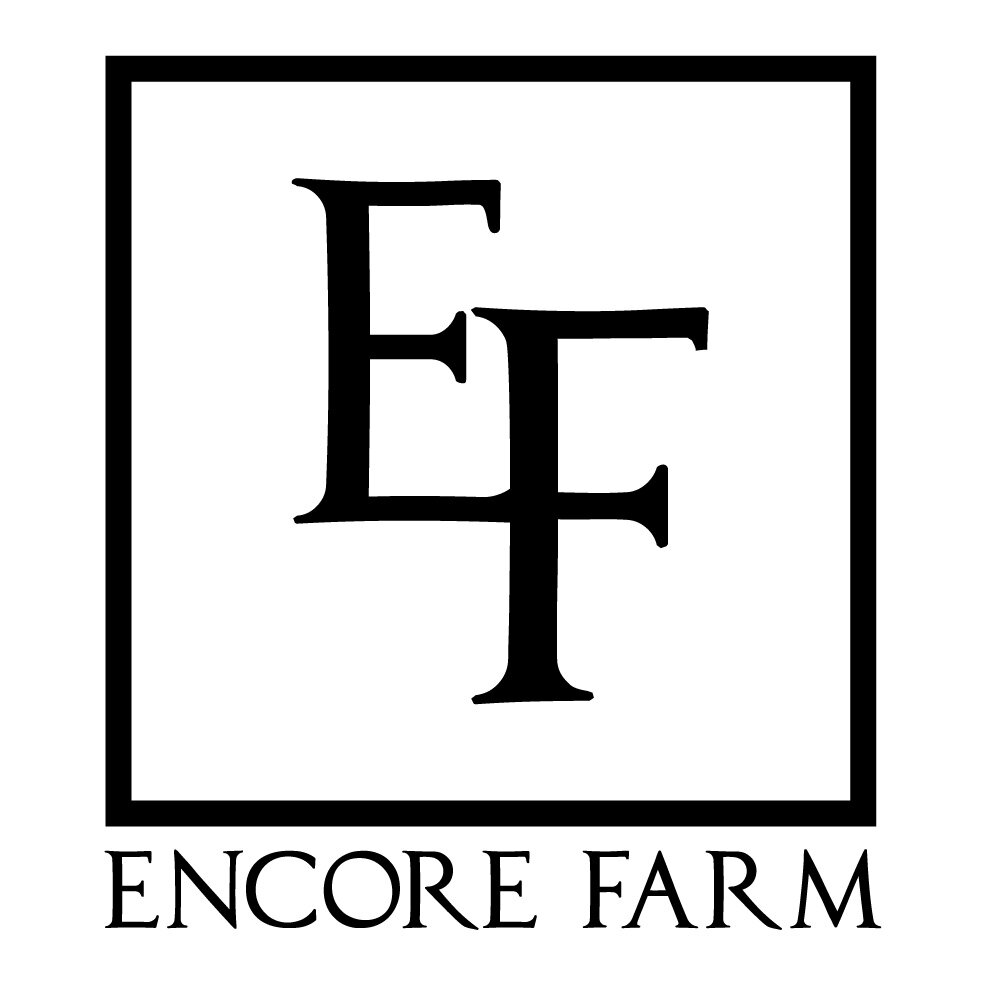What Are Heirloom Beans?
Heirlooms are old varieties, usually maintained for at least several generations. Generally speaking, a variety can achieve heirloom status if it’s about fifty years old. They are relatively rare, their selection over time having given way to choices made by factory agriculture, which selects for uniformity and processing convenience over flavor and diversity.
It’s true that heirloom beans are less convenient to grow. The way that bush varieties might lean, or even sprawl, makes them risky to mechanically combine. Some, like Swedish Brown beans, shatter their pods readily when dry, demanding gentle hand picking. Yields are lower than commercial beans.
So why bother? From an ecological perspective, nature (including human nature) is more resilient when it is genetically diverse. A diversity of species means that should one fare poorly in trying conditions, another may survive or even flourish. Genetic diversity allows plant and animal species to adapt to specific places and conditions over time.
Personally, I think heirloom beans are worth the effort because their flavors, textures, shapes and colors delight the palate and the eye. They are generous plants because, as legumes, they convert nitrogen in the air to a form plants can take up in their roots, and they make more than they need.
And they taste so darn good.

